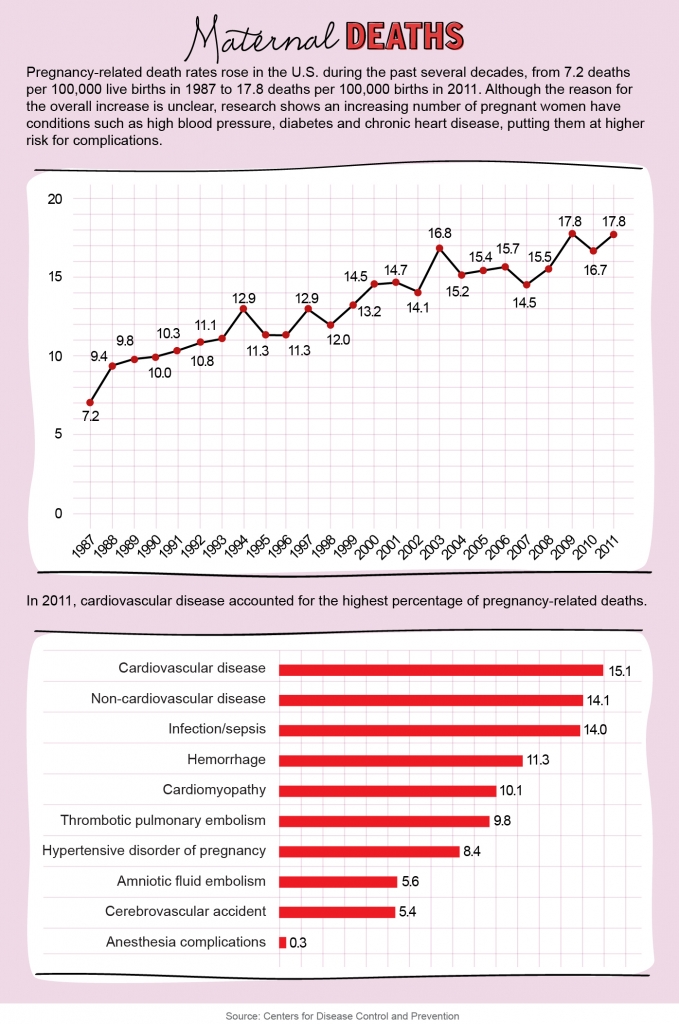 Cardiac arrest can strike anyone at any time. Sadly, that includes pregnant women. Going through a pregnancy puts added strain on the body, which can make dealing with certain illnesses more difficult.
Cardiac arrest can strike anyone at any time. Sadly, that includes pregnant women. Going through a pregnancy puts added strain on the body, which can make dealing with certain illnesses more difficult.
Resuscitation of pregnant women can be challenging, but it is possible. The primary goal should be to stabilize the mother, which will have the best possible outcome for the fetus.
Can Pregnancy Cause Cardiac Arrest?
There is an increased demand for blood flow during pregnancy. In fact, heart rates typically increase throughout a pregnancy, and by the end of the third trimester are 10 to 20 beats per minute higher than in an otherwise non-pregnant state. The odds that a pregnancy is the cause of cardiac arrest in the mother is rare, but it is important to keep in mind that the body is under more strain than usual.
When a pregnant woman goes into cardiac arrest, the pregnancy may or may not be contributing to the cause. Only a doctor will be able to make that assessment. Regardless of the cause, initiating CPR as quickly as possible will increase the chances that both mother and child will survive.
Can CPR Be Performed on a Pregnant Victim?
Yes, pregnant women can safely receive CPR. It is important for spouses and other family members to know that it is possible to perform CPR on a pregnant victim, but there are some important considerations to keep in mind. Cardiac arrest during pregnancy is a rare occurrence, but it happens often enough that you and your family should be prepared for such an emergency.
The chances of a pregnant mother going into cardiac arrest are about 1 in 12,000, according to the AHA.
Is the CPR Process Different for Pregnant Women?
Different sources provide varying recommendations for performing CPR on pregnant women.
The Lippincott Nursing Center advises that chest compressions should be performed slightly higher on the sternum for pregnant women. This organization also suggests that it is safe to use defibrillation equipment on pregnant women, as long as all sensors to the body have been detached first.
The AHA states that CPR administration for pregnant women is the same as a non-pregnant victim. This includes:
- compression rate
- depth
- positioning of the patient
- hand placement
- use of a firm backboard
- minimal interruptions in chest compressions
- use of the usual drugs and doses
Be Prepared for Cardiac Emergencies
If you want your family to be ready to handle an emergency situation, CPR training and education are an absolute must.
Contact the Response Institute to learn more about getting trained or certified in CPR and emergency first aid skills.
Click Here to Learn More

